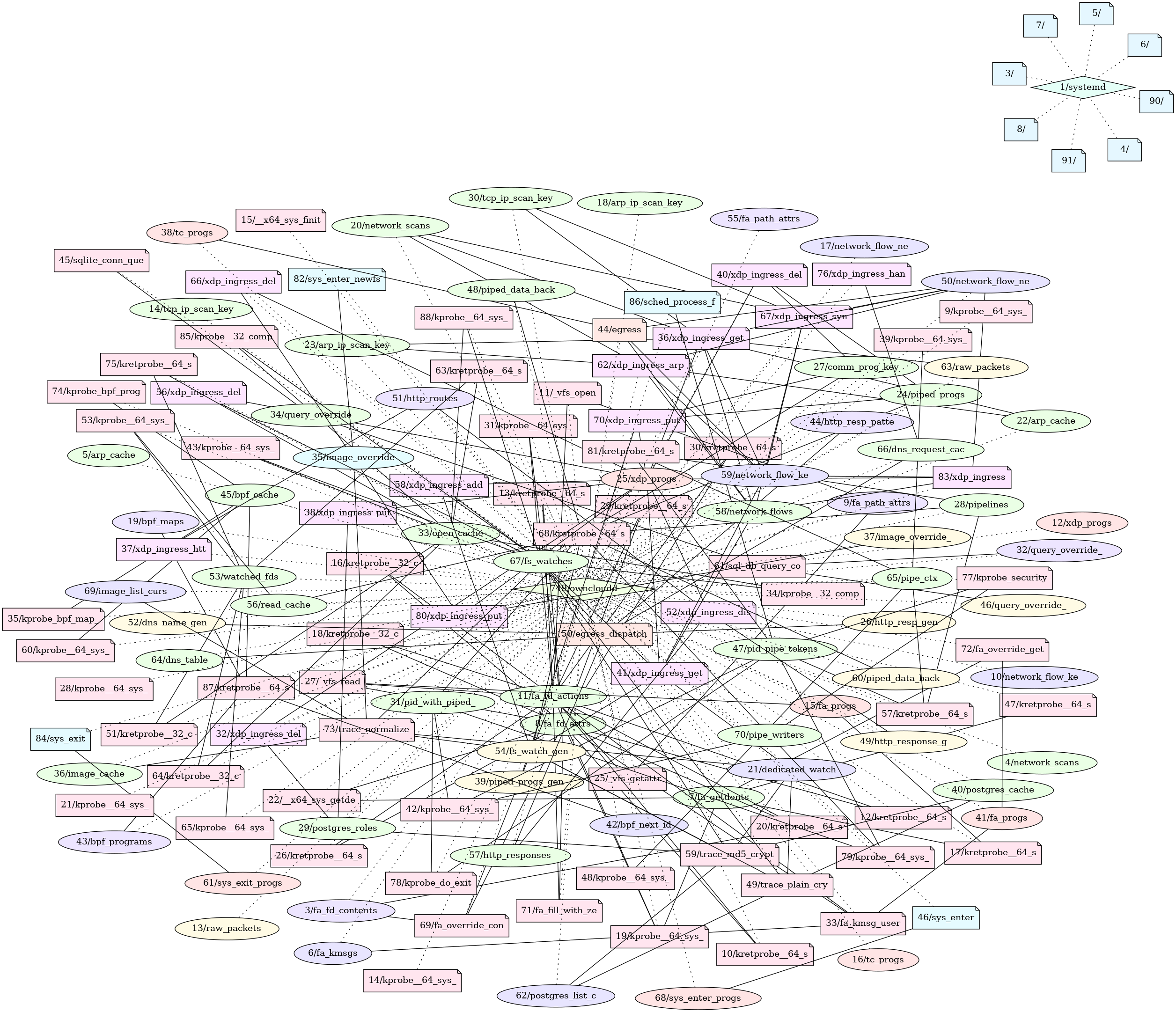Towards utilizing BTF Information in Linux Memory Forensics
This post is about some work that I did on automatic profile generation for memory forensics of Linux systems. To be upfront about it: This work is somewhat half-finished – it already does something quite useful, but it could do a lot more, and it has not been evaluated thoroughly enough to be considered “production ready”. The reason I decided to publish it anyway is that I believe that there is an interesting opportunity to change the way in which we generate profiles for the analysis of Linux memory images in practice. However, in order for it to become a production tool, at least one outstanding problem has to be addressed (I have some ideas on that one) and lots of coding work needs to be done – and I simply do not have the resources to work on that right now.
18 minutes to read
Valentin Obst

